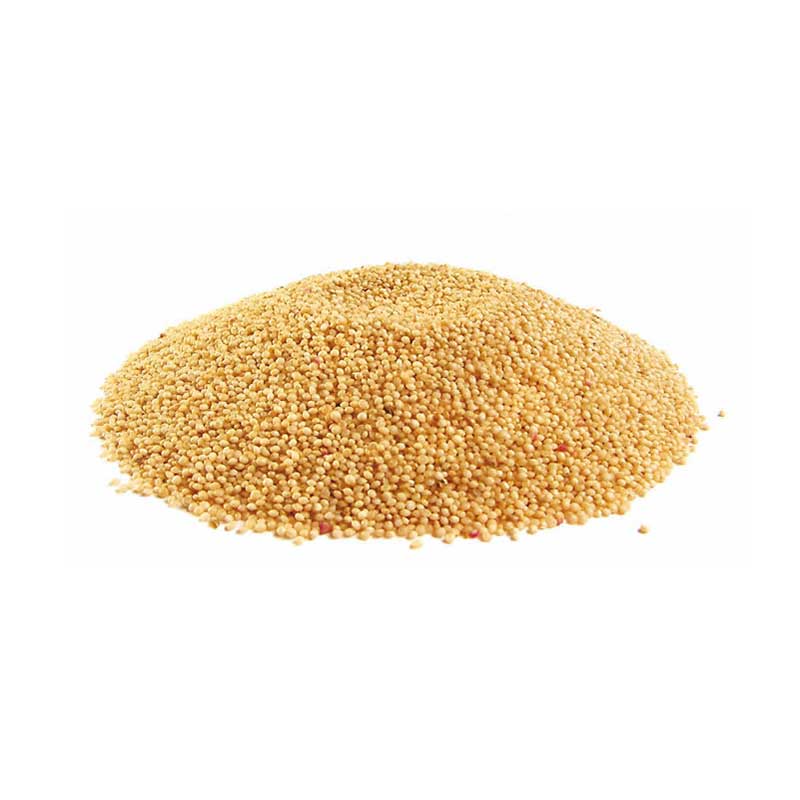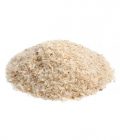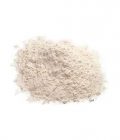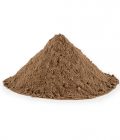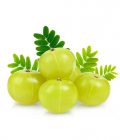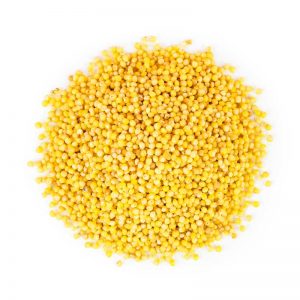Amaranth is characterized by small, often green or reddish flowers arranged in dense clusters, stems and leaves that are likewise deeply pigmented, and dry, indehiscent, one- seeded fruit. The amaranth seed is quite small 0.9 to 1.7 mm diameter. Seed colors can vary from cream to gold and pink to black. The tiny, lens shaped seeds are usually pale in colour. Amaranth seeds contain exceptionally complete protein for plant sources. Besides protein, they prove to be a good source of dietary fiber and dietary minerals such as iron, magnesium, phosphorus, copper and especially manganese.
Amaranth
| OTHER NAME | : | Amaranthus,Pigweed, Rajgira |
| BOTANICAL NAME | : | Amaranthus |
| SYNONYMS | : | – |
| PLANT FAMILY | : | Amaranthaceae |
| PART USED | : | seed |
Featured Products
Amaranth important constituents as squalene, tocopherols, phenolic compounds, phytates, and vitamins.
Amaranth are used in various culinary preparations. Popped grains are used in the form of puddings or mixed with sugar syrup to make sweet balls (laddoo). the grains can be used in the preparation of breads, biscuits, flakes, cake, pastry, crackers, ice- cream and lysine rich baby foods. Amaranth oil, containing ‘squalene’ a cosmetic ingredient and skin penetrant. Amaranth is used for ulcers, diarrhea, swelling of the mouth or throat, and high cholesterol.


